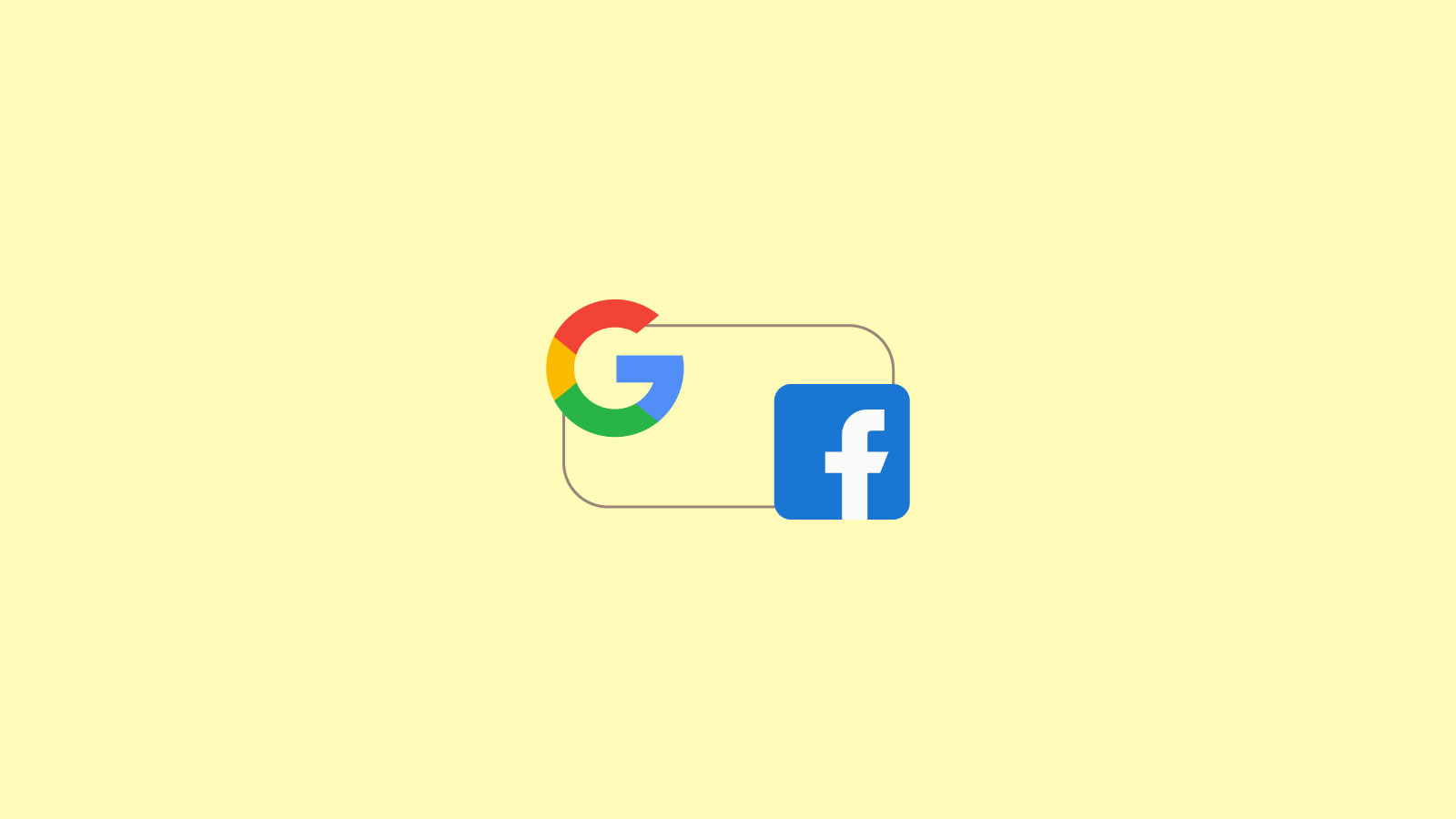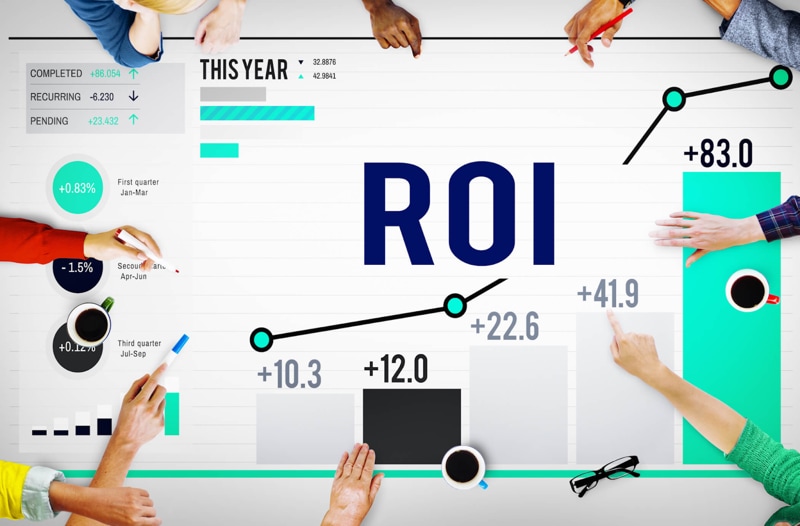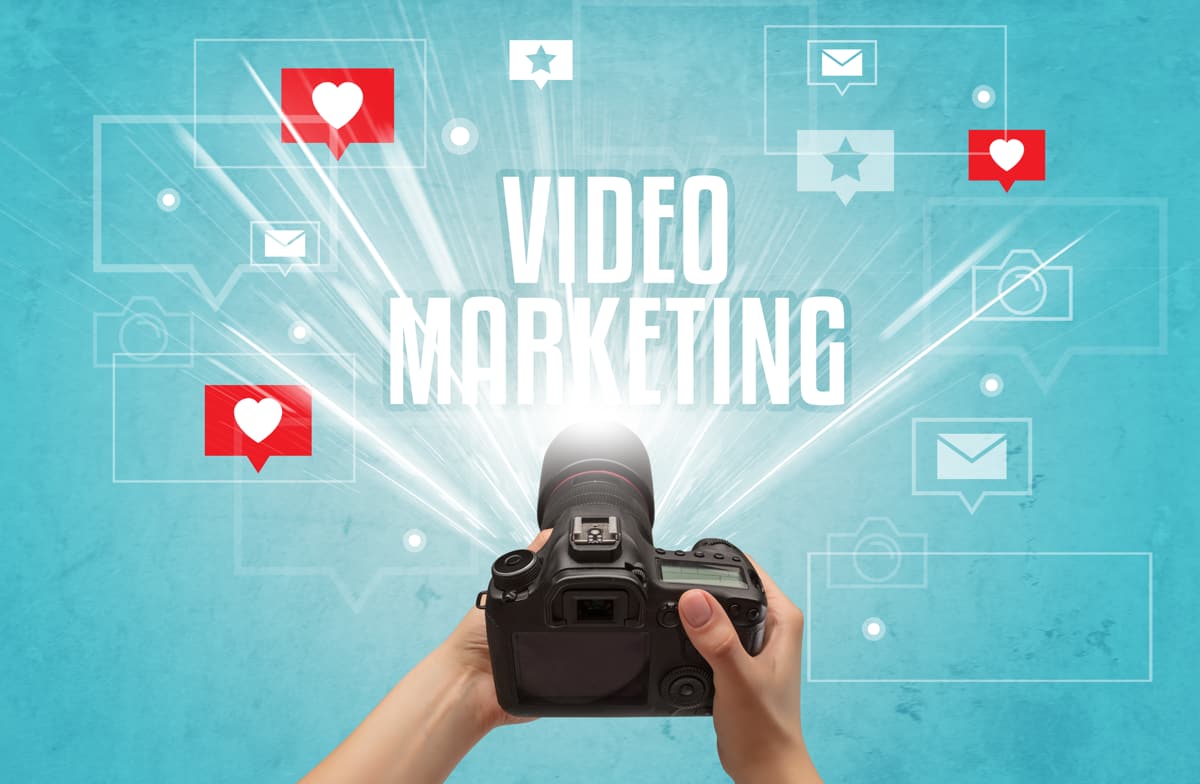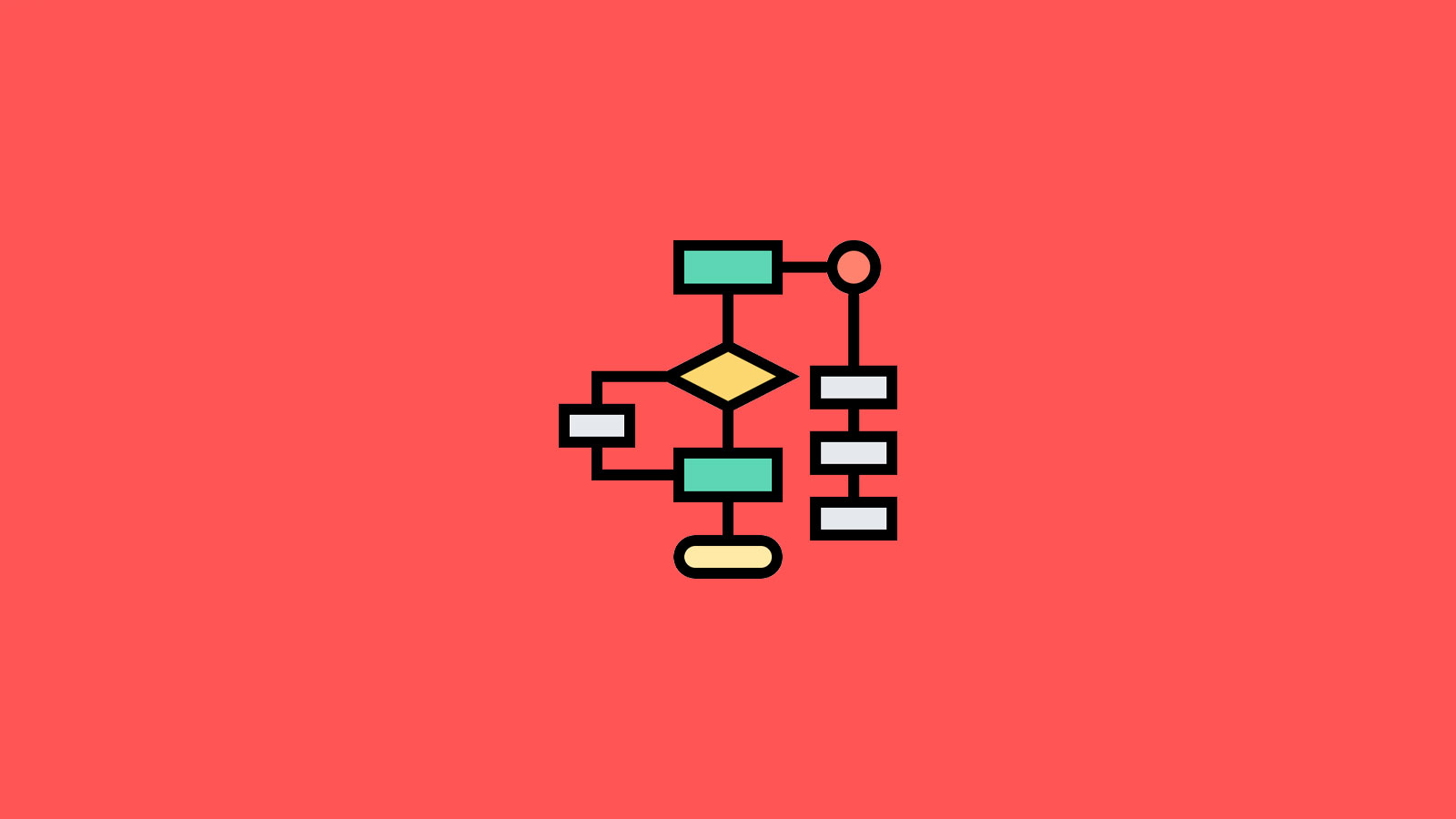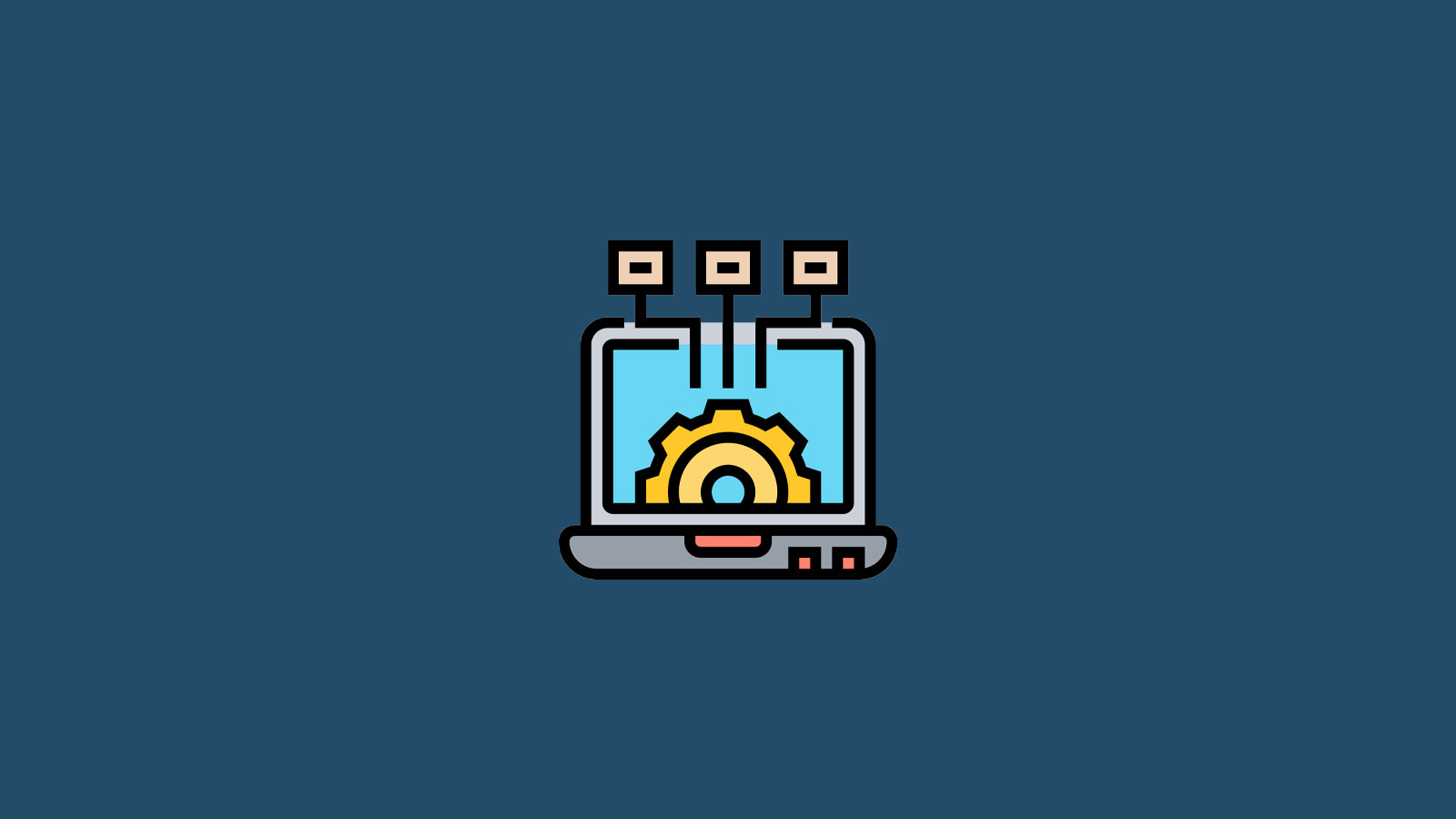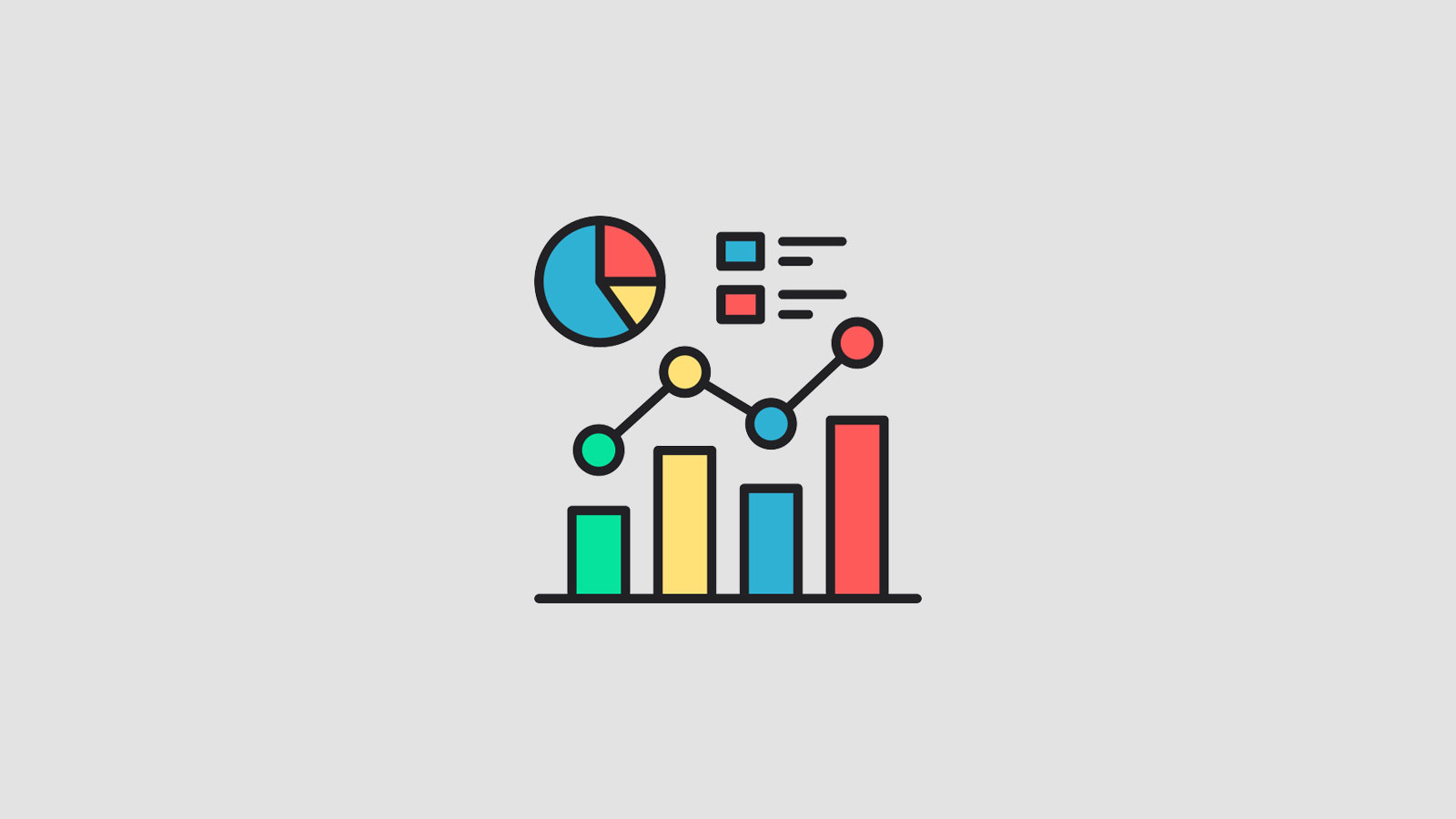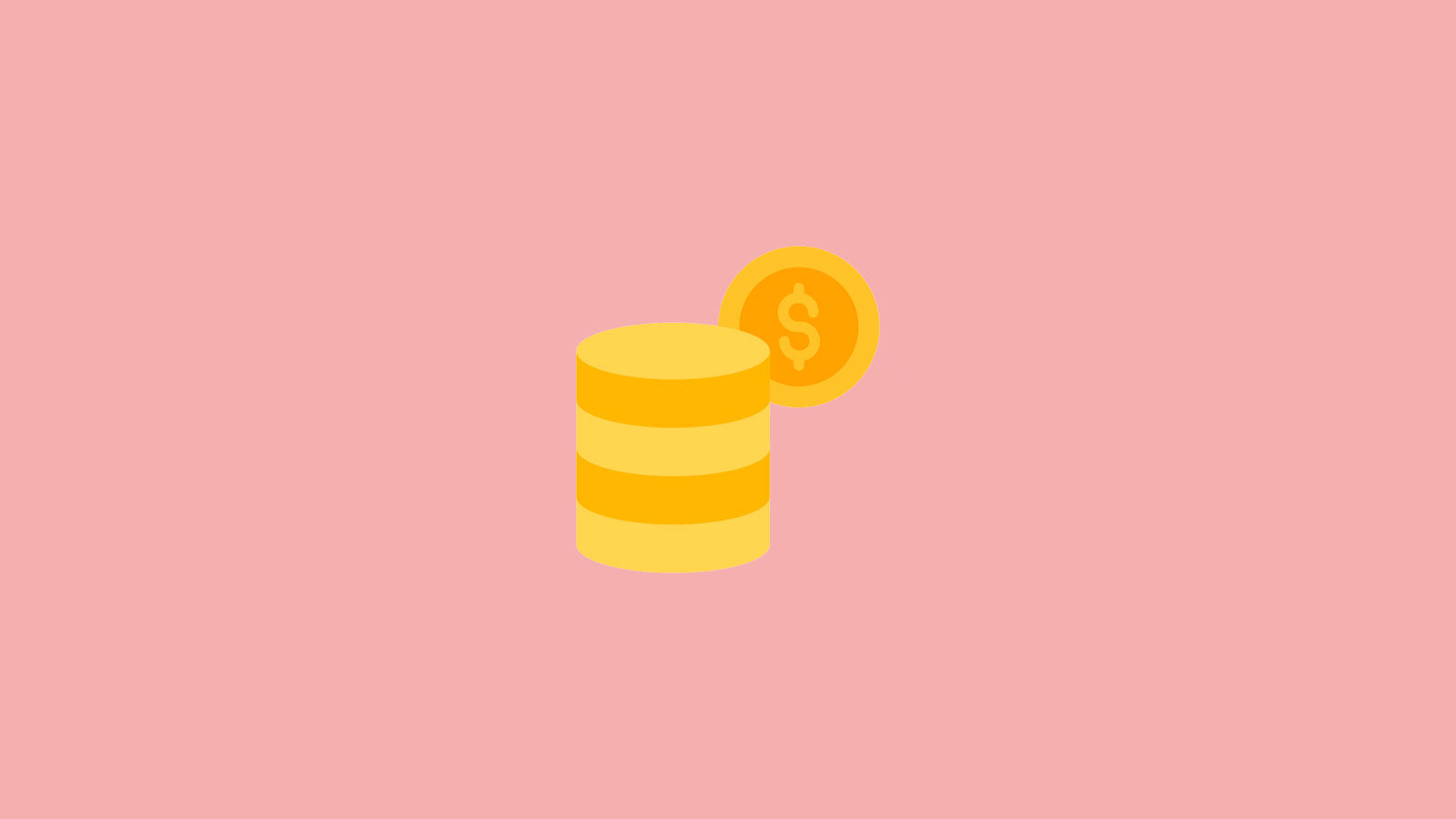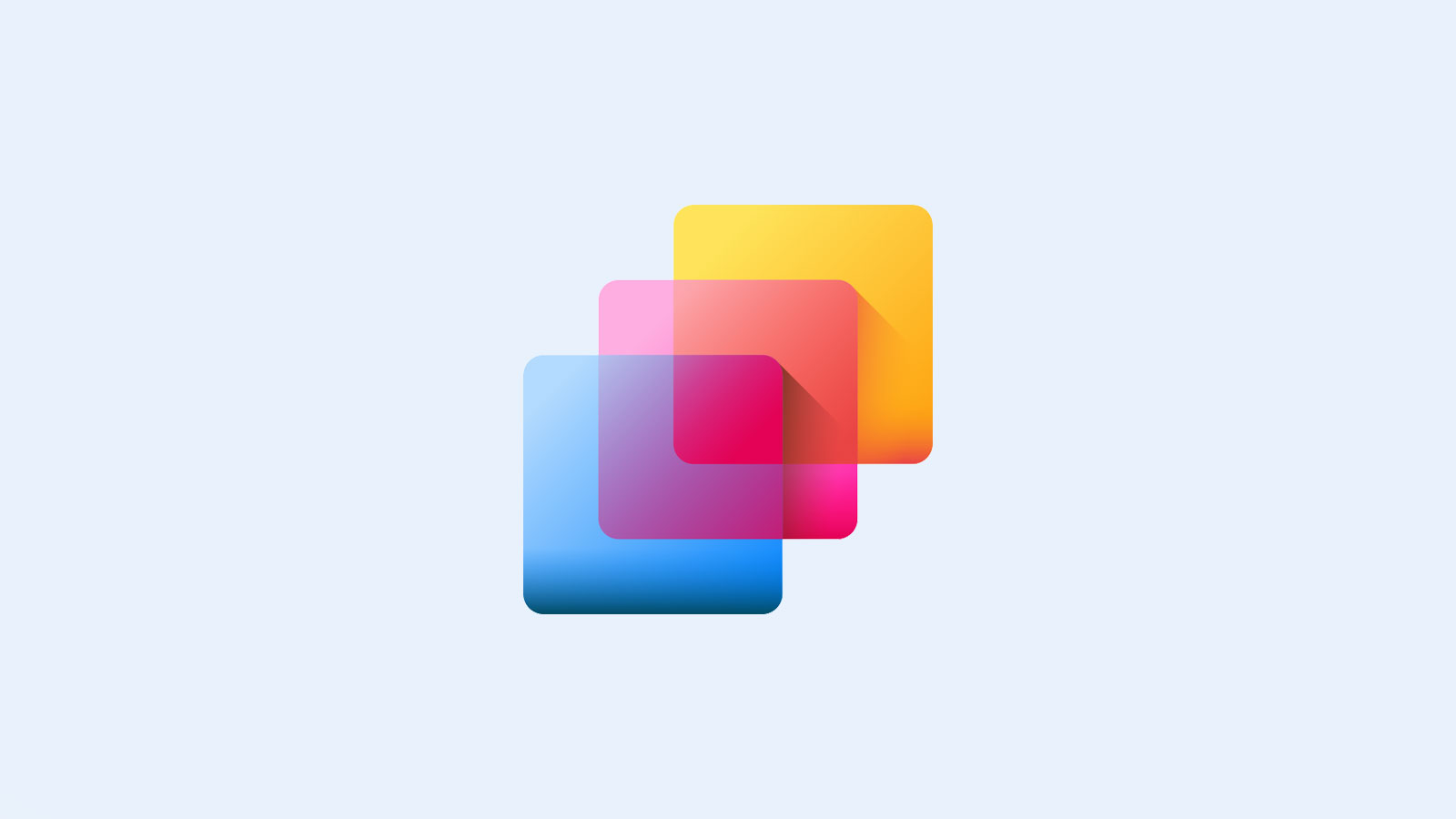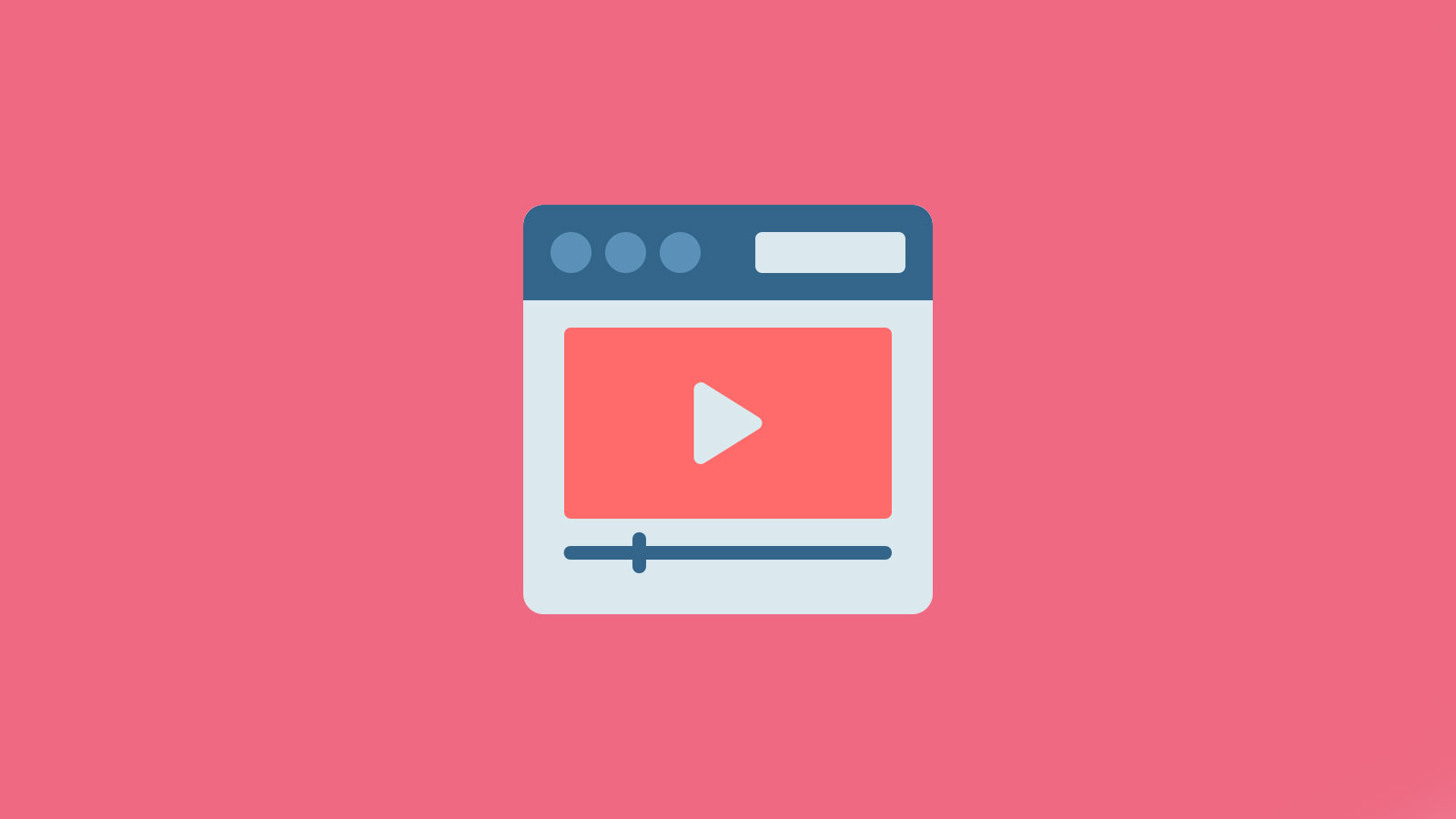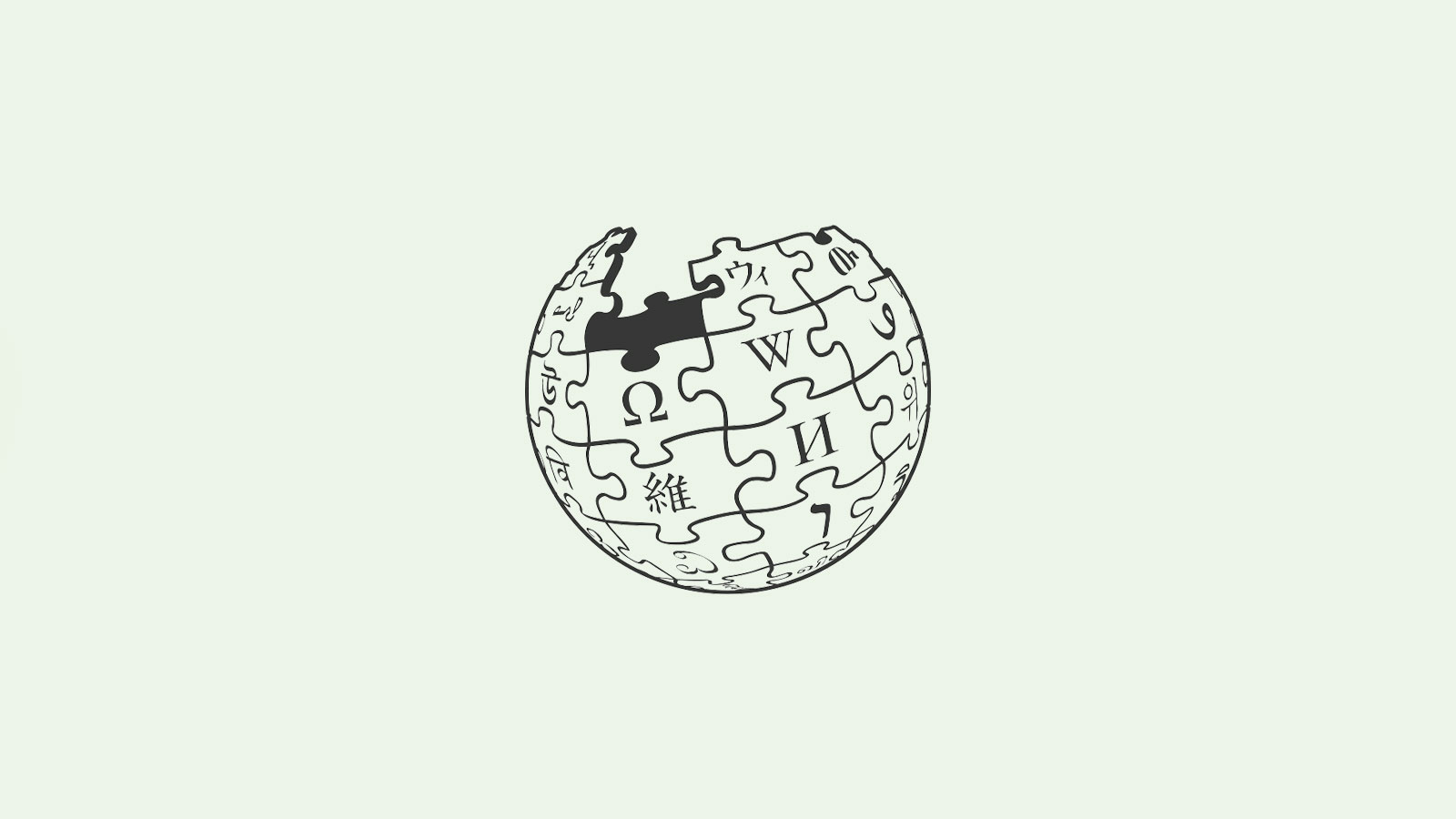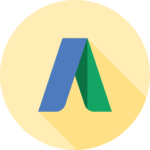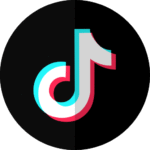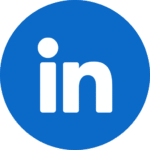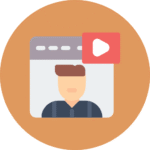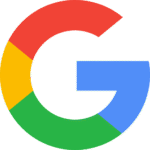Digital advertising in Bangladesh is no longer just for the big players. From home-based bakers to e-commerce startups, businesses of all sizes are heavily investing in online ads.
Facebook and Google dominate the online advertising scene in Bangladesh, and it’s easy to see why. Both platforms are great for reaching a massive audience, but the question we’re addressing today is: Which one yields a better ROI?
When funds are tight, businesses can still thrive if they track growth by measuring ROI. You can’t afford to pour money into ads that attract the wrong audience. And with ad costs slowly rising in local markets, there’s constant pressure to make the right decision.
The tricky part is that Facebook and Google don’t work the same way. One is built around social behavior and visual discovery, the other around search intent and urgency. It all comes down to your business type, audience, and goals. So instead of giving you a blanket answer, we’re going to approach it from various angles.
In this blog, you’ll learn how each platform works in the context of Bangladesh in terms of reach, targeting, costs, and actual returns.
Table of Contents
ToggleWhen to Use Which: At a Glance
The usage of Facebook and Google Ads boils down to who you’re targeting and what your goals are. Here’s a quick rundown:
| Business Type | Best Platform | Why? |
| Local Service | Google Ads | High-intent search users |
| Fashion or Cosmetics | Facebook Ads | Visual, trend-driven shopping |
| Tech Products | Google + Facebook | Combo approach works best |
| Restaurants | Facebook Ads | Local targeting + visuals |
| Freelancers | Google Ads | Search-driven inquiries |
Facebook Ads
Let’s say you often go through restaurant pages or watch cooking videos. Facebook’s algorithm picks up on that and starts showing you ads for new restaurants, food delivery deals, or nearby cafes, even though you weren’t planning to eat out. That’s called audience-based targeting.
Facebook Ads are the sponsored posts you see while scrolling through your feed. They also appear on Instagram and Messenger. These ads don’t wait for you to search for something. Instead, they find you based on your interests and online activity.
These ads work best when they are visually stunning and attention-grabbing. Mouthwatering food photos, short videos of sizzling dishes, or carousels showing off a new restaurant’s ambiance. It’s a lot like window shopping. The goal is to make you pause, click, and possibly place an order.
Google Ads
Google Ads, on the other hand, are all about intent. They are triggered by keywords.
When you search for something like “order birthday cake Dhaka” or “cheap laptops in Bangladesh,” Google shows you sponsored results at the top of the page. That’s a Search Ad. Since you’re already looking for something, Google tries to help you find a relevant business ASAP.
Apart from search ads, there are also Display Ads ( image banners on websites), YouTube Ads (before or during videos), and Shopping Ads (for product listings with images and prices). All of them fall under the Google Ads umbrella.
Audience Reach in Bangladesh
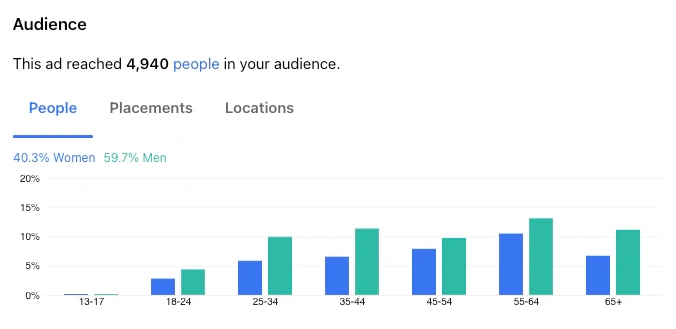
Facebook is practically a national pastime in Bangladesh. Scroll through the average Bangladeshi’s phone, and you’ll find Facebook right there, somewhere between bKash and YouTube. Whether it’s posting Eid selfies, stalking an ex, or watching a cooking hack that no one will ever try, Facebook is the go-to.
Meta has a firm grip on the country’s collective consciousness. Facebook is the first app people open when they wake up and the last one they check before bed. And it’s not just Gen Z glued to their screens. Millennials, aunties, even your local rickshaw puller; everyone posts their opinions on this app.
Now let’s move on to Google Ads. Every day, millions of Bangladeshis head to Google to ask the big life questions: “Best AC service Dhaka,” “cheap saree online,” “how to fix stomach gas.” Whether it’s serious or slightly unhinged, people do quick Google searches to find answers. And that makes Google Ads incredibly powerful for reaching customers who are ready to take action.
Also, YouTube is owned by Google. Whether it’s tutorials, music videos, or live cricket matches, Google Ads show up there too, in all their skippable glory. So, to sum it up, both platforms have a massive influence in Bangladesh.
Metrics That Matter in ROI
When it comes to measuring whether your ad spend is paying off, you can’t just look at likes or views and call it a day. Those are nice to have, sure. But they don’t always translate into real business outcomes. For a solid ROI from your ad campaigns, there are a few metrics you need to understand.
Cost Per Acquisition (CPA)
CPA tells you how much it costs to get a single lead or sale. For example, if you spent ৳5,000 on a campaign and got 10 sales, your CPA is ৳500. This is the cost of your marketing efforts. You could have a campaign with a great click-through rate and thousands of views, but if you’re paying too much to make each conversion happen, you’re ruining the budget. Maintaining a low CPA while still getting quality results is the ultimate balancing act.
ROAS (Return on Ad Spend)
ROAS is arguably the king of ROI metrics. ROAS measures how much revenue you generate for every dime spent on ads. So if you spend ৳1,000 and make ৳4,000 in return, your ROAS is 4:1. It’s a direct line from ad spend to sales, which makes it a favorite among ecommerce stores and online retailers. While Facebook Ads might offer high ROAS for impulse buys and seasonal offers, Google Ads often provides stronger ROAS for services and purchases. In either scenario, this metric is really helpful.
Click-Through Rate (CTR)
CTR is another important piece of the puzzle. It measures how often people who see your ad actually click on it. A high CTR usually means your ad is relevant and eye-catching. However, it doesn’t exactly guarantee conversions. It only signals that your ads are getting their job done.
Conversion Rate
Clicking is just one step. What’s more important is the percentage of people who click your ad and then actually do what you want them to do. That’s where filling out contact forms or making a purchase comes in. This is the reason why user experience and landing page designs matter so much. A flashy ad might redirect someone to your site, but if the page takes 10 seconds to load or looks dodgy, they’ll bounce.
Facebook Ads Targeting
Facebook’s targeting system is built around people’s behavior. It knows everything about your likes or dislikes, which gives it the ability to keep you up at night. Advertisers can target users based on demographics:
- Age
- Gender
- Education
- Relationship status
- Job titles
- Travel
- Food
- Fashion
This allows businesses to reach incredibly specific groups. For example, university students in Dhaka, new parents, or football fans. One of Facebook’s most powerful features is its ability to create Custom Audiences and Lookalike Audiences.

A Custom Audience lets you retarget people who’ve already interacted with your business. You know, people who have visited your website, watched your videos, messaged your page, etc. And with Lookalike Audiences, Facebook takes your existing customer data and finds new people who resemble them, behavior-wise.
However, it’s not all smooth sailing. After Apple’s iOS 14 privacy update, Facebook Ads took a bit of a hit. Many users now have the option to block app tracking, which means advertisers can’t always see what someone does after clicking an ad. This has led to less accurate data and, in some cases, higher ad costs. Facebook ROI strengths include:
- Excellent for brand awareness
- Drives engagement through likes, shares, comments, and views
- Works well for impulse purchases
- Strong choice for B2C businesses like fashion, beauty, food delivery, etc.
- Highly effective for promotions and seasonal sales
Google Ads Targeting
Although Facebook is excellent at creating demand, Google Ads specializes in capturing it. The core of Google Ads targeting lies in keywords. This gives advertisers direct access to users who are already showing interest.
Beyond keywords, Google also allows precise targeting through location, language, and even device type. This makes it incredibly valuable for local businesses trying to reach customers within a certain area. Let’s say there’s a dental clinic in Banani. It can run ads that just show up to people within 5 km during business hours.
Google is also capable of retargeting. Using tools like Google Display Network, you can follow users across the web after they’ve interacted with your business. In the Bangladeshi market, this kind of persistent yet subtle reminder can help turn clicks into conversions. Google’s ROI strengths would be:
- Targets users with high intent
- Ideal for local services
- Strong performance in B2B industries
- Better suited for services where customers actively research before buying
- Offers precise ROI tracking
- Great for driving direct actions like bookings, inquiries, and purchases
Final Verdict
There’s no universal winner here. Facebook Ads are perfect for brand awareness, impulse buys, and aesthetic B2C products. But if you’re targeting people who are already looking to buy, Google Ads can offer better conversion rates.
In many cases, the smartest strategy is to use both platforms together, letting Facebook handle the discovery phase and Google seal the deal when people are ready to take action. At the end of the day, getting good ROI is about picking your battles wisely.
If you’re not sure where to start or you’re stuck in the loop of “boosting posts” and hoping for the best, maybe it’s time to call in the nerds. Ngital knows how to make effective use of your budget. Book a call today!
